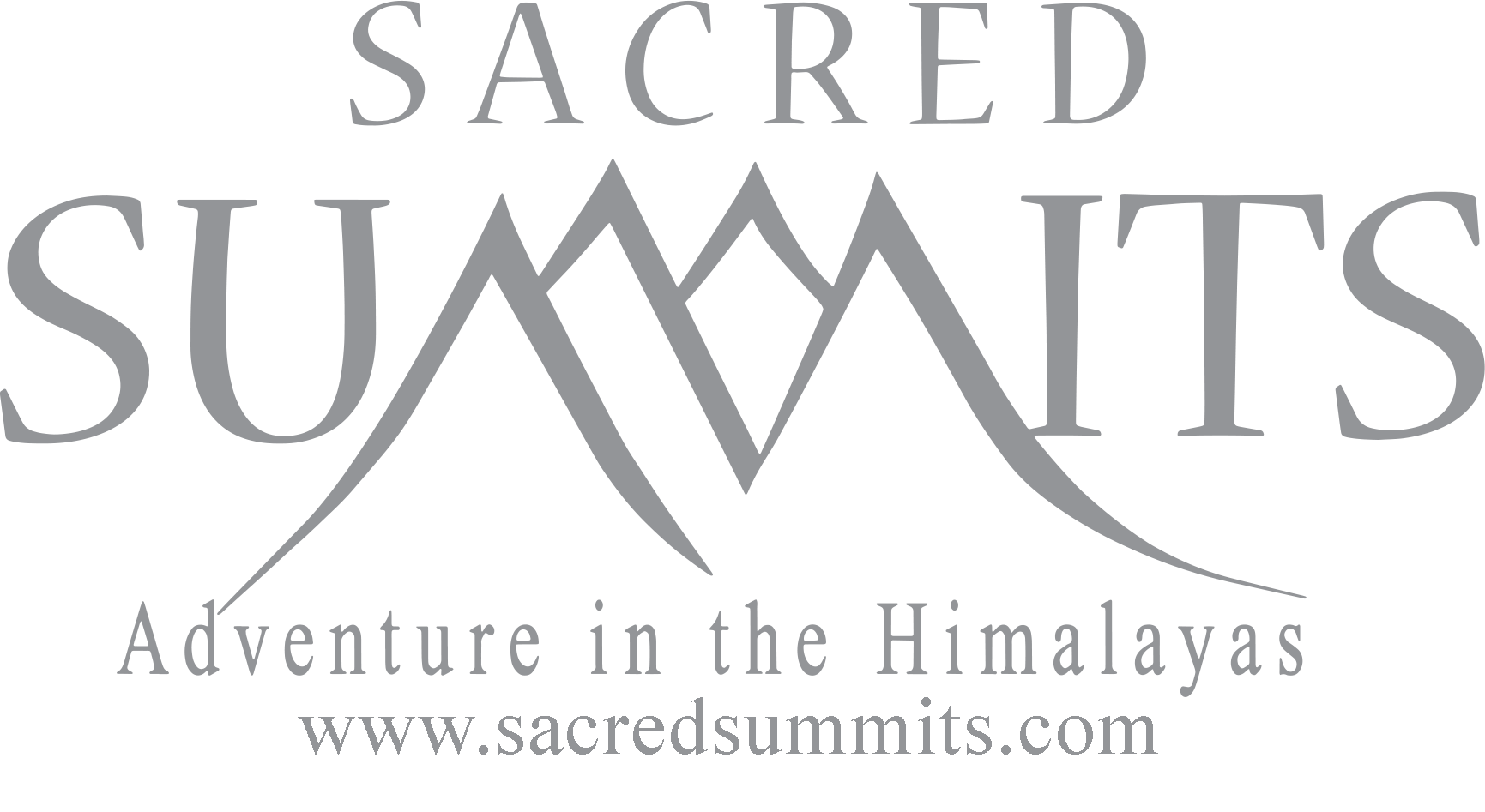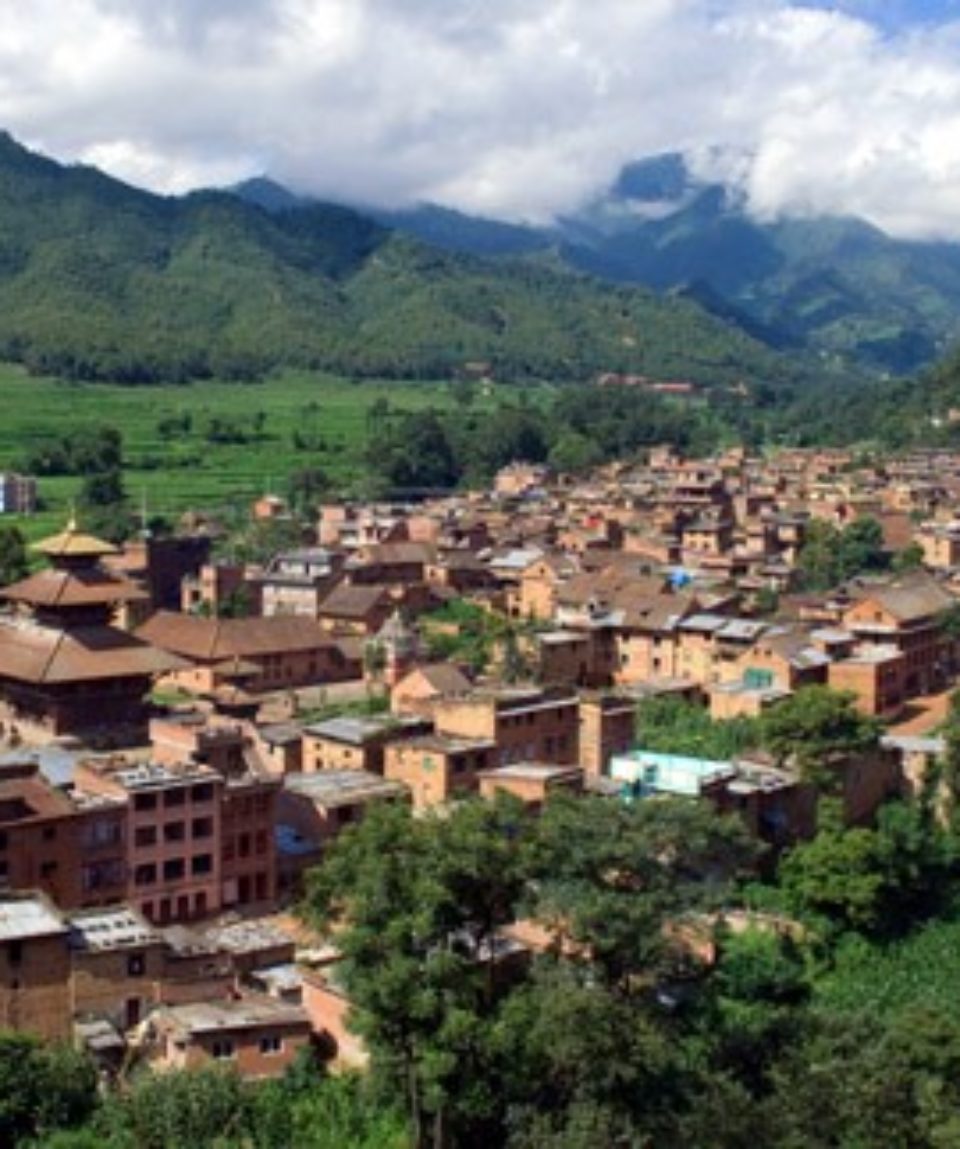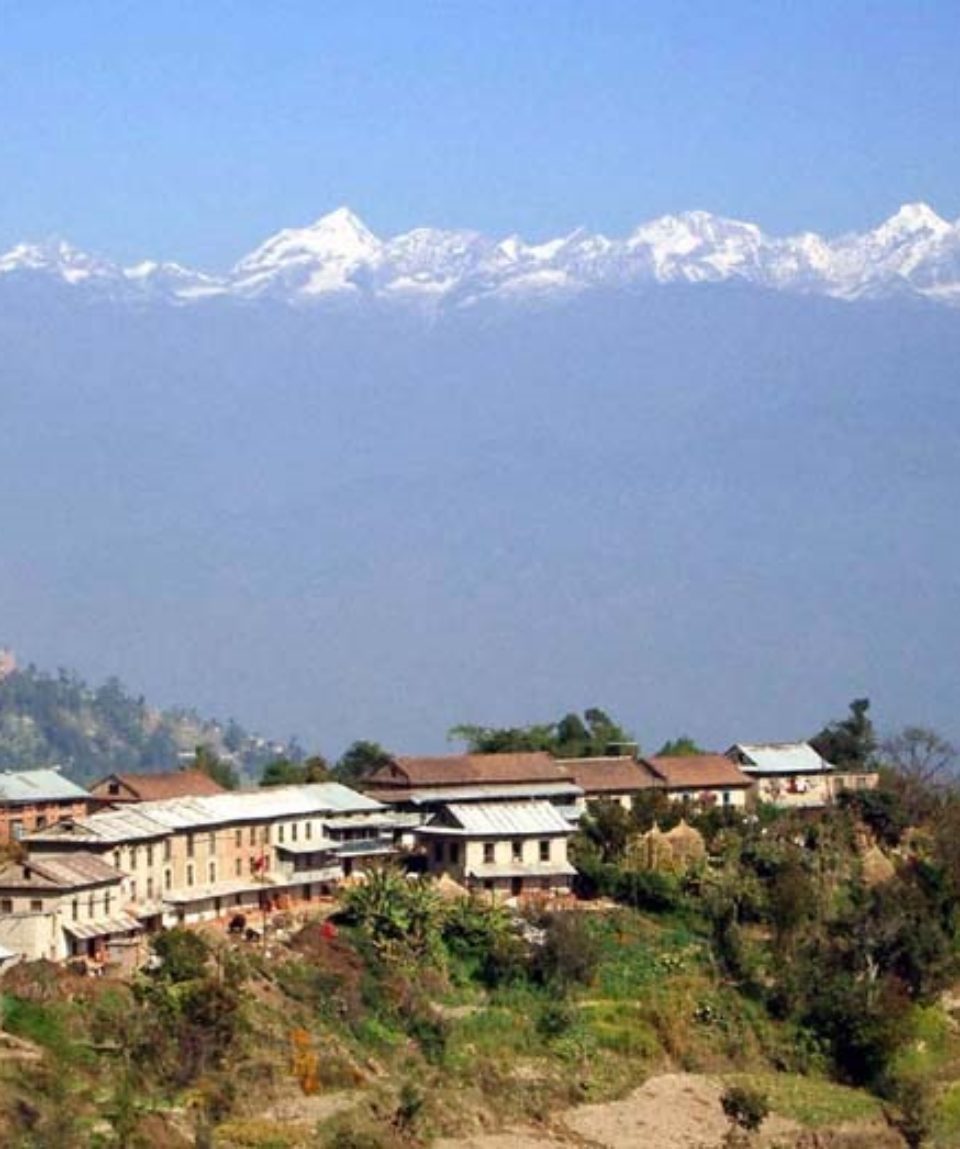Hike To Namo Buddha
Namo Buddha is one of the most sacred Buddhist pilgrimage sites in Nepal. It is about two hours’ drive from the city of Kathmandu. This is the place where Buddha in his previous life offered his body to a tigress tormented by starvation.
-
Reviews 0 Reviews0/5
-
Vacation Style Holiday Type
-
Activity Level Leisurely
-
Min 2 Pax
A long time in the past, many immeasurable eons ago, our teacher the perfect Buddha was practicing on the path of learning. Below is the story of how he was overcome with compassion when he saw a tigress tormented by starvation and offered his body to her without a moment’s hesitation.
In the distant past, there lived in this world a king named Great Charioteer (Shingta Chenpo) who ruled over a small kingdom of some five thousand subjects. Due to the king’s accumulation of merit, all his subjects enjoyed happiness and well being; rains came at the right time while crops and livestock flourished. The king had three sons: the oldest was named Great Sound (Dra Chenpo), the middle Great Deity (Lha Chenpo), and the youngest Great Being (Semchen Chenpo). Powerful in the martial arts and radiating confidence, the two elder sons always helped the king in governing the kingdom. From his earliest years, the youngest son, Great Being, was very bright and endowed with spontaneous kindness and compassion. He gave freely and generously to others as if to his only child.
One day when the weather was fine, the king along with his queen, sons, and ministers left the town for a relaxing time in the country. The king and queen rode upon an elephant while the sons, ministers, and retinue were mounted on beautiful horses. After half a day’s ride, they arrived at a place of thickly wooded forests resonant with birdsong while nearby blossomed a tapestry of flowers in rich variety. The king was pleased with the scenery and ordered a large encampment to be prepared for everyone’s enjoyment. The servants immediately unpacked everything, set up tents, and laid out a hearth of stones for cooking. Soon the ground was covered with tents as clouds billowed in the sky above. The servants bustled about, preparing a variety of foods and offering tea and liquor to everyone. Then the young people began to sing, dance, and play, transforming the encampment into a celestial realm. The king, queen, and ministers watched the entertainment while enjoying an eighteen course meal accompanied by wine and sake.
Then the three princes, in the full flush of their youth, picked up their bows and arrows and headed for the forest. As they walked along, they noticed a den in the dense woods. They crept up to it and saw inside a tigress sleeping beside her cubs. Great Sound and Great Deity laid arrows on their bows, making ready to kill the tigress, but Great Being stopped his brothers, saying that killing was completely wrong. When he looked into the cave again, Great Being noticed that the tigress was not able to move, for she had just given birth and she also feared that if she left to hunt for food, another animal might harm her cubs. Tormented by hunger, she lay on the ground unable even to lift her head. Great Being was moved to tears with compassion that arose from the depths of his heart. He asked his brothers, “What
kind of food would save the tigress and her cubs?” They responded, “This kind of red Indian tiger eats the warm flesh and blood of a recent kill. So if you want to help her and the cubs, you must find flesh and blood that are fresh.”
Great Being thought for a moment: “It’s indeed true that to save the tigress and her cubs, warm flesh and blood are needed. But then I’d have to kill another living being, and that would mean killing one to save another. What else can I do?” He thought for a long while but did not find a solution. Then his brothers said, “We came out here to have a good time. It’s pointless to worry about this tigress and her cubs. It’s time to return to our parents.” And so they left.
As he followed his brothers back to the encampment, Great Being thought, “For a long time, I have been cycling in samsara, wasting countless lives, sometimes due to excessive desire, sometimes aversion, and sometimes ignorance. I have rarely met such an opportunity to accumulate merit. What real use is this body if not for the Dharma?” Finally he decided, “This time I must be truly generous.”
Before he had gone very far with his brothers, he said to them, “Brothers, you two go on ahead. I have something to take care of and will catch up with you soon.”
He took the path to the tigress’s den quickening his pace. When he found the collapsed tigress, she was so exhausted
that she could not even open her mouth. Great Living Being reached out his hand to touch her face, but she was so weakened she could not even bare her fangs. So the prince sharpened a splinter from a nearby tree and cut his body to draw blood, which he allowed the tigress to lick. Not long after, she opened her jaws and stood up. With a roar, she pounced on the prince and devoured him.
The two brothers waited a long time, but the youngest prince did not come, so they set out to find him. Reflecting on what he had said earlier, they had no doubt that he had returned to the tigress’s den. When they arrived and looked inside, there was nothing left of their brother but blood, bones, nails, and bits of clothing. The tigress had consumed him. At this sight, Great Sound and Great Deity immediately lost consciousness; it was a long time before they recovered their senses. The two gathered up the pieces of their brother’s clothing and, sobbing with deep sadness, set out for their parents’ encampment.
During this time, the queen was taking a nap and in a dream saw three doves flying high in the sky. As they fluttered around, a hawk struck and carried off the smallest one. Waking in terror, the queen immediately related her dream to the king. He replied, “Hearing your story, I believe the three doves are our three sons. The youngest of them, carried off by the hawk, is my most beloved son. I’m sure that something dreadful has happened to him.” So saying, the king immediately sent out servants to look everywhere for his son.
Soon, the two princes arrived and the king asked, “Did something bad happen to my beloved son? Do you have any news?” Choked with sadness, the two were unable to speak or even breathe for a while. Finally, they sighed deeply and told their parents that the tigress had eaten Great Being. Upon hearing this terrible news, the queen fainted right away. The king too was overwhelmed with immense sadness and tormented by sorrow. After a long while and with profound sighs, the two princes, the king, and the queen rushed to the place where the youngest prince had died. When they arrived at the opening of the den, what met their eyes were the bones and rivulets of blood left behind by the tigress. The queen recoiled, overcome with sobbing, and did not recover for a long while.
Meanwhile, the prince had been reborn as Great Courage (Nyingtob Chenpo). He wondered, “What did I do to be reborn here in the celestial realm of Tushita?” Through his divine eye, he thoroughly examined the five realms. Great Courage saw that, gathered around the bone fragments he had left behind, were his parents and two brothers. They were sunk in lamentation and completely miserable. He thought, “My parents are experiencing such unhappiness, it could threaten their very lives. To lighten their spirits, I’ll go talk to them.” He descended from space to the lofty sky and spoke words of encouragement to comfort his parents: “I’m the prince Great Being. After giving my body in generosity to the starving tigress, I was reborn in the celestial realm of Tushita.” With tears in their eyes, the king and queen said, “Son, you who are like our very heart, offering your body to the tigress was certainly most praiseworthy. But whom can we tell of our suffering in missing you?”
Great Courage replied, “Please do not be unhappy. The end of birth is disintegration, and the end of gathering is separation. No one can transcend this for it is the nature of things. It is the same for everyone. If you perform evil actions, you will fall into the hell realms; if you perform virtuous actions, you will be reborn in the higher realms. Therefore, diligently pursue virtue. Make aspiration prayers, and in the next life we will definitely meet in a celestial realm.” After a few more words, he disappeared. The king and queen became a little happier and made the commitment to pursue virtuous activity. They created a small casket covered with seven kinds of jewels in which they laid the bones of their son and a stupa was built over the place in which it was buried.
- Private a/c deluxe car transfer Kathmandu / Dhulikhel & pick-up Panauti to Kathmandu.
- Hike Dhulikhel to Namobuddha and Namobuddha to Panauti as per the itinerary escorted by a well experienced and knowledgeable English speaking guide.
- One overnight accommodation at Namobuddha Resort on half-board basis (breakfast and dinner)
- Entrance fee to all the heritage sites.
- Government taxes and tolls and entrance fees where applicable.
- International Airfares, Nepal Visa fees (If applicable) and Personal Insurance
- Hotel Accommodation in Kathmandu
- Meals (Lunch & Dinner) while the guest stay at hotels in Kathmandu.
- Items of a personal nature such as bar bills telephone calls, laundry, extra mileage and any extra costs incurred due to natural calamities, flight delays etc.
- Personal medication
- Insurance against accidents, loss of life, theft etc.
- Personal insurance, evacuation and medical expenses.
- Costs incurred due to cancellation of flights, altitude sickness or unforeseen circumstances (riots, natural calamities etc.) and situations beyond the control of Sacred Summits (P) Ltd.
- Tips for the staff on tour.
- Any item not mentioned in the above ‘cost includes’.
- Day 1 Drive Kathmandu to Dhulikhel (approx. 32 Km) / Hike to Namobuddha (approx. 2 ½ to 3 HRS)After breakfast, meet the representative at the hotel lobby. He will introduce you to the guide for the hike to Namobuddha. Later board the waiting vehicle and drive to Dhulikhel, Dhulikhel is approximately 32 kilometers from Kathmandu.Firstly we negotiate the traffic of Kathmandu city and catch the highway namely Araniko highway which lead us to The Last Resort and this highway is also the man highway which connects Nepal with Tibet / China. Today we will be passing through main cities like Bhaktapur / Banepa / Dhulikhel / Pachkhal etc. Dhulikhel a typical Newari town with nearby Tamang villages situated at an elevation of 1550 meters. From the summit above the village, one can get an unobstructed panoramic view of the Himalayas. Dhulikhel is a small town and is famous for its scenic beauty and old tradition. It offers magnificent views of the Himalayas from Mt, Karyolung in the east to Mt. Himalchuli to the west the twin crest of Mt. Langtang in the west to the Mt. Everest in the east can be clearly viewed in a clear day. Dhulikhel is ideal for snow-capped peaks, sunrise, sunset and it is different from any other and is one of the best sites to watch the sunrise over the Himalayas. Upon arrival at Dhulikhel we stop for a while and get ready for the hike to Namobuddha. Hike to Namobuddha is approx. 3 - 3 ½ hours walk and the Namobuddha Shrine is a fine introduction to the byways of rural hill Nepal. The route is well defined and the road is motor able but a walk is more invigorating. The open spaces and walks through forested patches, local villages with magnificent views of the Nepali hillsides and occasional mountain views is the essence of Nepal. Upon arrival at Namobuddha check in to the hotel and rest of the afternoon is free to relax and explore around the village. Namobuddha or Namro is one of the holiest sites in Nepal for Buddhists. The stupa rests on a red earth ledge near the top of a jungly ridge. It is a smaller version to Swayambhunath and in February – March there are many Buddhists traveling to this shrine to circumambulate. Here there is a Tamang Gompa and a small trail leads to the bigger Tibetan Gompa and a larger than life Biddha on top of the prayer flag festooned ridge. In one of the out buildings, is preserved a famous stone relief sculpture depicting the legend of Namoboudha. According to the fable, the Buddha is one of his previous lives as a hunter, encountered a starving Tigress and her cubs here. Moved by compassion, he offered his own flesh to her, a sacrifice that helped pave the way for his eventual rebirth as the Buddha. The stupa is supposed to contain the hunter’s bones and hair. Dinner & Overnight at Hotel.
- Day 2 Hike to Panauti (approx. 2 ½ to 3 HRS) / Sightseeing of Panauti / Drive to Kathmandu (approx. 32 Km)





